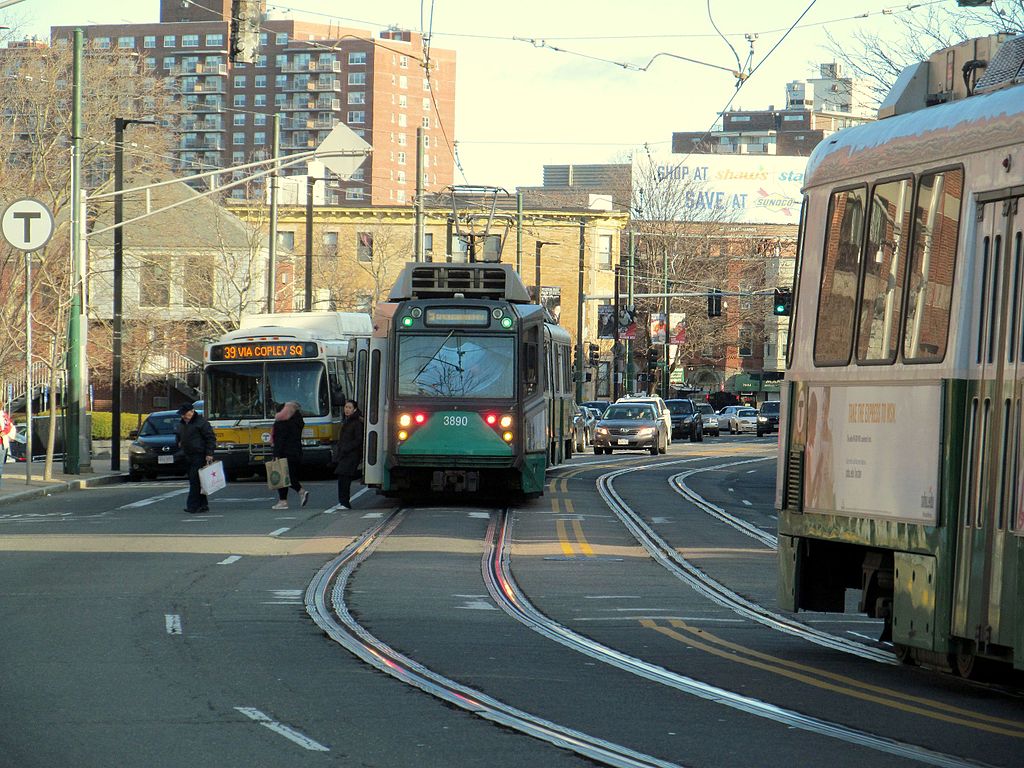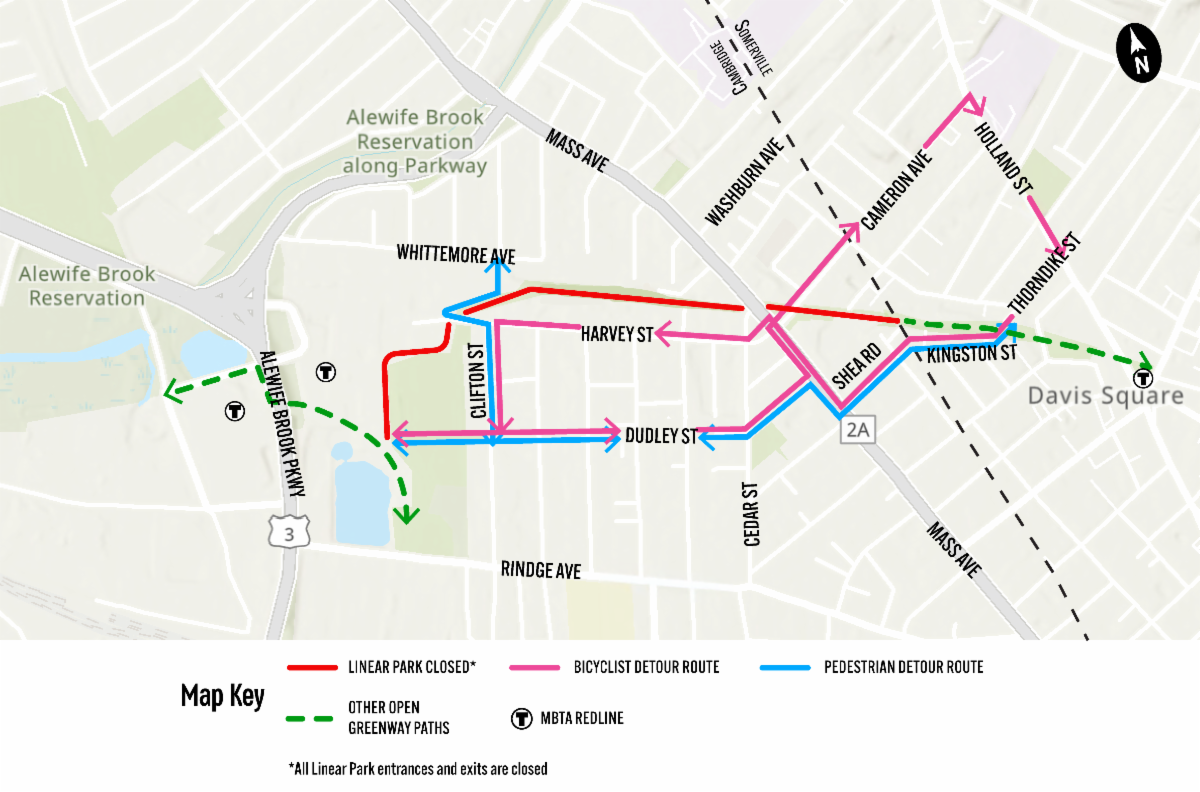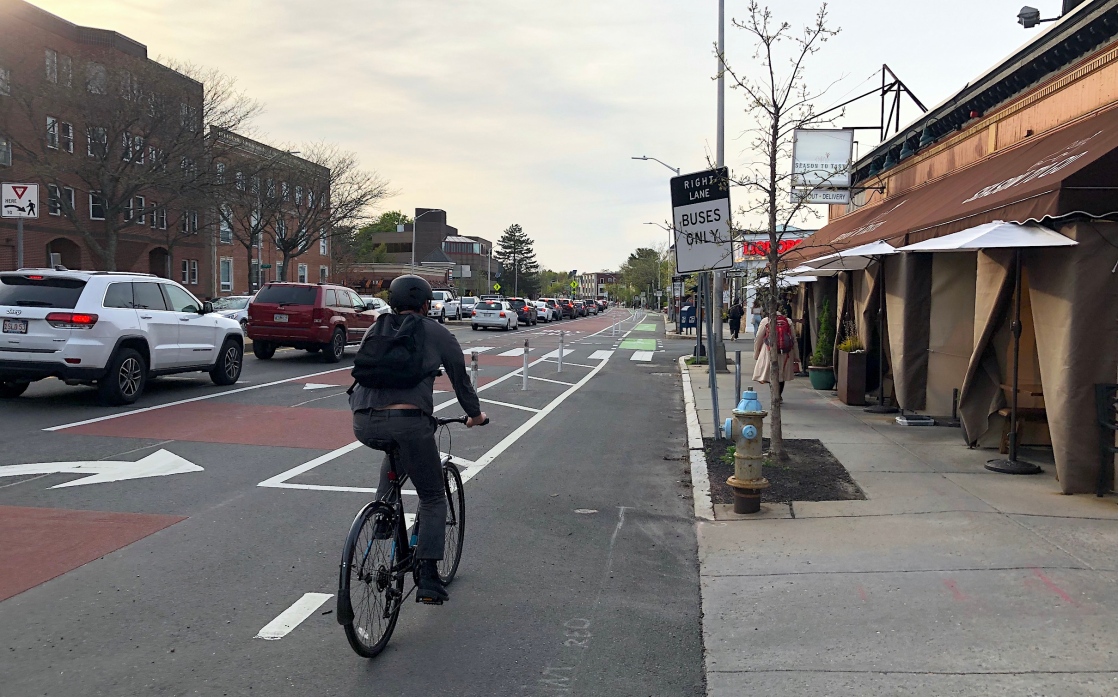The MBTA's board of directors has begun its review of the agency's proposed new 5-year capital investment plan, the agency's primary agenda for major construction projects, and the details of that plan are on the agenda for today's monthly MBTA board meeting.
The T's capital investment plan (or CIP) is updated annually, but because of budget uncertainties associated with the pandemic, last year's CIP only had a one-year horizon, with capital projects being done in 2022. This year, the T returns to its traditional 5-year budget format, with about $9.4 billion in funding that's been committed from federal and state sources.
The MBTA board received a high-level overview of the plan's biggest spending items at its Thursday meeting. Shortly afterward, the T posted the full CIP, with a complete list of projects, on its website.
The draft plan's biggest projects, as measured by cost, are ones that are already underway: the new Red and Orange Line trains (the T expects to spend $579 million on these over the next 5 years, out of a total authorized budget of $1.1 billion), the South Coast Rail project (with $494 million in projected spending for 2023-2027, out of a total authorized budget of $921 million), and the T's delayed new fare payment system (with $420 million budgeted for the next 5 years, out of a total authorized capital budget of $793 million).
In fact, the fourth-biggest project in the plan is one that's almost finished: the Green Line Extension just opened its first new stations to passengers on Monday, but the draft 2023-2027 CIP still budgets $358 million more to close out the project, according to the March 10 budget presentation.
But the draft CIP also includes a handful of new projects:
- New ADA-accessible boarding platforms on the E Branch: An $86 million set-aside for an "Green Line E Branch Accessibility and Capacity Improvements" project would "achieve accessibility at all stations and improve Green Line operations" between the E branch's Northeastern Station tunnel portal and the western end of the line, at Heath Street, according to T spokesperson Joe Pesaturo."The work will include building new station platforms through the streetcar area and providing safe access between sidewalks and platform entrances across Huntington Ave and South Huntington Avenue," wrote Pesaturo in an email to StreetsblogMASS last week.The addition of ADA-accessible boarding platforms could presage the creation of a center-running transitway for the E branch, similar to Boston's center-running Columbus Avenue busway. In addition to serving the E branch, a transitway would also benefit two of the T's busiest bus routes, the 39 and the 66, and could facilitate the long-planned extension of the Green Line to Hyde Square.
- New, higher-capacity Green Line trains: The CIP also includes $311.2 million (out of a total authorized budget of $800.0 million) for the T's proposed new "type 10" Green Line cars, which are longer and will have greater capacity to carry more passengers. At Thursday's board meeting, MBTA General Manager Steve Poftak revealed that the T is also seeking a "core capacity grant" from the Federal Transit Administration to support Type 10 procurement and associated station upgrades that would be necessary to accommodate longer trains.Poftak said that if the T wins that grant, and combines it with the committed state funding, it "would allow us to do over $1 billion in infrastructure improvements to expand the capacity of the Green Line."
- Regional Rail groundwork: It's been two and a half years since the T's governing board endorsed a plan for transforming the commuter rail network into an electrified, accessible regional rail network with all-day frequent service. The new CIP includes several smaller projects that could help support that vision, including $70 million for "planning, design, environmental and real estate due diligence, and construction work for a new Commuter Rail layover facility," $50 million for "planning funds to support procurement of future regional rail rolling stock to replace the oldest vehicles in the fleet," and $5.6 million for "conceptual planning of Phase 1 of Regional Rail Transformation, as well as the planning, development, and procurement of the future operating contract(s)."
- No new funding for Red-Blue Connector: The draft CIP includes $15 million for early design work on the proposed Red-Blue connector subway extension over the next 5 years; however, most of that money was already committed in last year's capital budget. It's still possible that more work on this project could be added to the capital plan later, if additional funds become available.
- 80 new battery-powered buses: A $101 million line-item in the CIP would fund the T's first large order of battery-electric buses, which would replace existing diesel-powered buses over the course of a 6-year contract. These buses need new garages with charging capabilities on site, so the first 35 buses are expected to go to a renovated North Cambridge bus garage to replace the T's scrapped trolleybus fleet as early as next year, then subsequent deliveries would go to the new Quincy garage (currently under construction and due to open in 2024) to serve routes in the south shore.
The T is soliciting public comments on the proposed 5-year capital budget until April 25. Learn more or weigh in at www.mbta.com/financials/fy-2023-2027-capital-investment-plan-cip.






